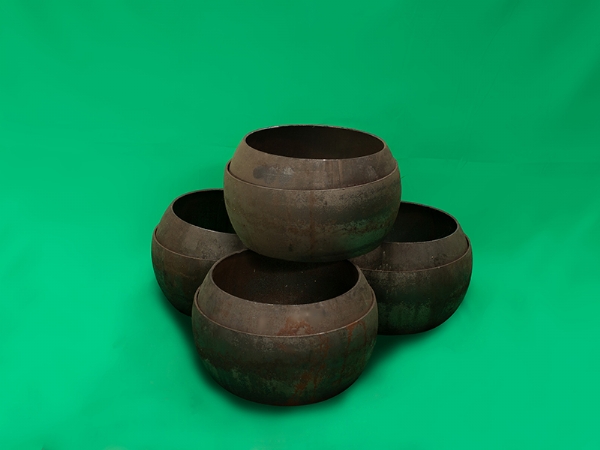 2023-11-3
2023-11-3The structure and function of universal joints are somewhat similar to the joints on the limbs of the human body, allowing the angle between the connected parts to vary within a certain range. To meet the requirements of power transmission, adaptation to steering, and angle changes caused by up and down jumping during vehicle operation, the drive axle, half shaft, and wheel axle of front drive vehicles are commonly connected by universal joints. However, due to the limitation of axial dimensions and the requirement for a relatively large deflection angle, a single universal joint cannot make the instantaneous angular velocity of the output shaft and input shaft equal, which can easily cause vibration, exacerbate component damage, and generate significant noise. Therefore, various types of constant velocity universal joints are widely used. On front drive vehicles, each half shaft is equipped with two constant velocity universal joints. The universal joint near the transmission drive axle is the inner universal joint of the half shaft, and the one near the axle is the outer universal joint of the half shaft. On rear drive vehicles, the engine, clutch, and transmission are installed as a whole on the frame, while the drive axle is connected to the frame through elastic suspension, with a distance between them that needs to be connected. Uneven road surfaces, load changes, or differences in the installation of two assemblies during vehicle operation can cause variations in the angle and distance between the transmission output shaft and the input shaft of the drive axle main reducer. Therefore, in the transmission form of rear drive vehicles, double universal joints are used, with one universal joint at each end of the transmission shaft, which ensures that the angle between the two ends of the transmission shaft is equal, thereby ensuring that the instantaneous angular velocity between the output shaft and the input shaft is always equal.
